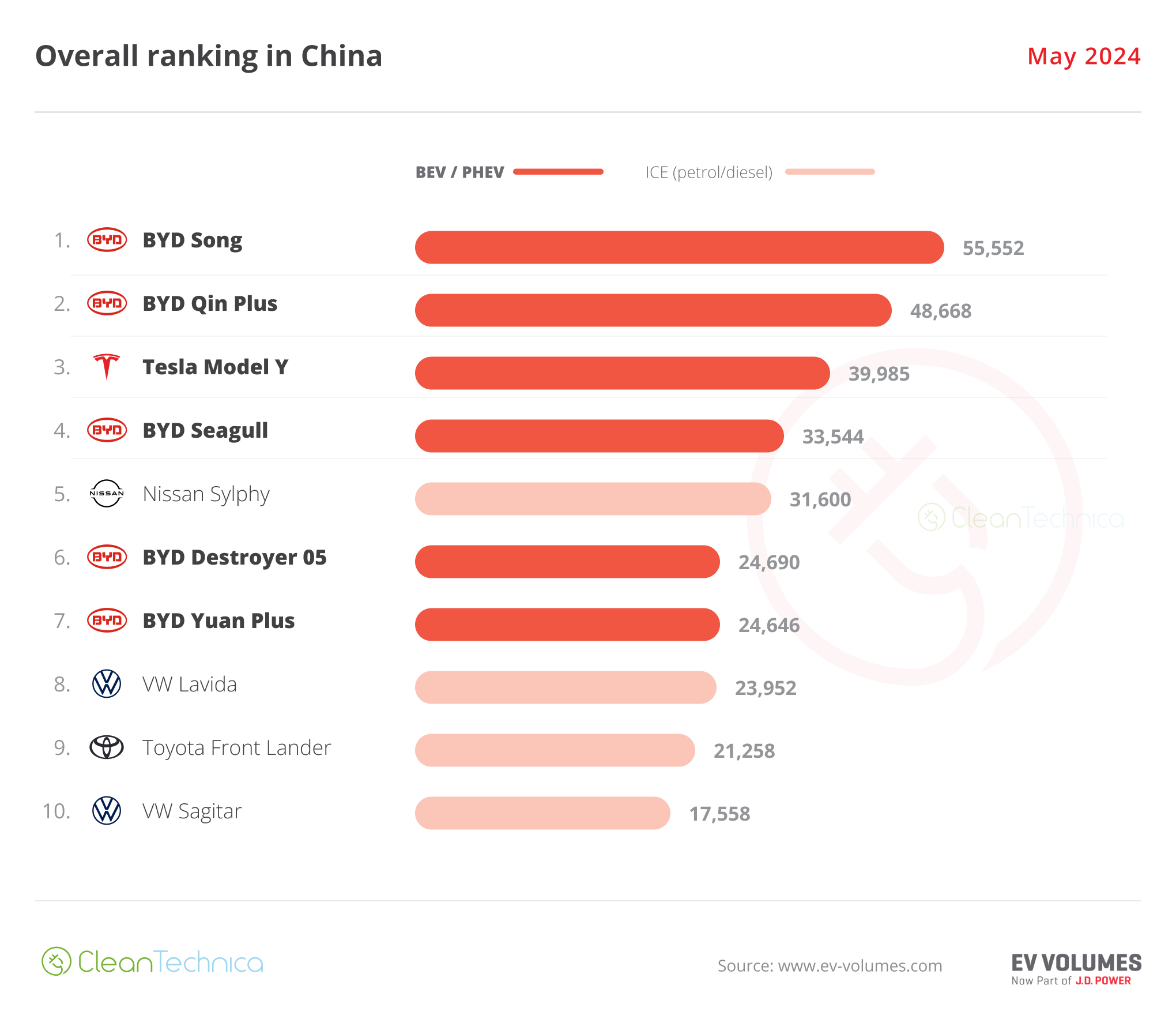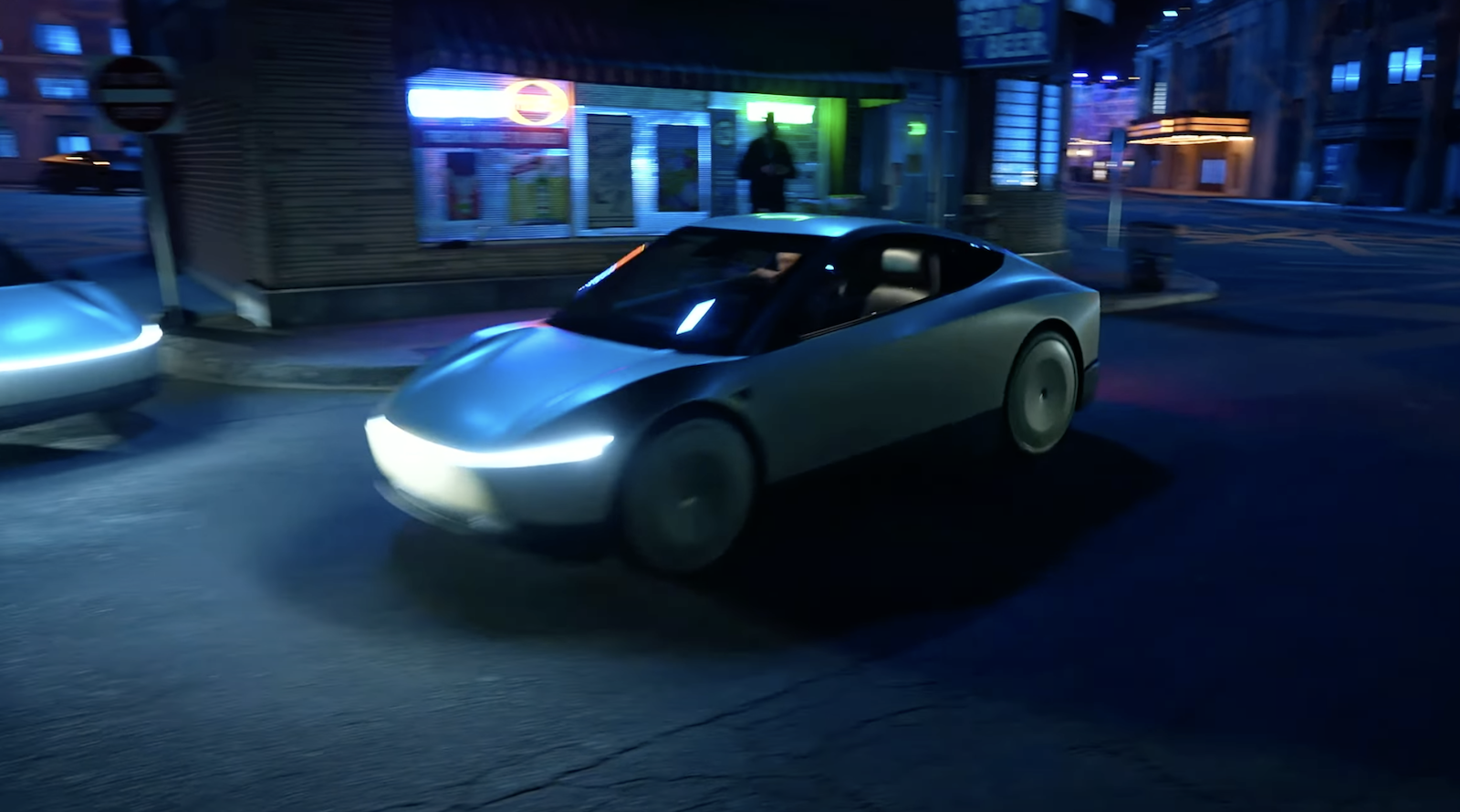Sign up for daily news updates from CleanTechnica on email. Or follow us on Google News!
Either investor-owned utilities in California are deliberately trying to slow down community and rooftop solar or state regulators simply are adopting restrictions that put limits on community and rooftop solar that just happen to work out that way. Last year, the California Public Utilities Commission, with the active support of the state’s largest investor-owned utilities, eviscerated the existing net metering regulations. The new plan, known as NEM 3.0, slashes the amount the utilities have to pay their rooftop solar customers by 75%.
In June, executive editor Zachary Shahan wrote, “California has seen massive growth across its solar power sector — utility-scale solar, commercial solar, and residential solar have all boomed in the past decade plus. However, the utilities have been on a mission to squeeze out the little guys (distributed solar energy) for years, and after achieving quite a success on the residential side with Net Metering 3.0, they have moved on to limiting growth of community solar — via their essentially captured regulatory commission, the California Public Utilities Commission.”
You might think those two developments would be a big enough gift to the investor-owned utilities, but you would be wrong. One of the justifications given for the NEM 3.0 rule was that it would encourage people to install residential storage batteries along with rooftop solar. That would allow them to make use of the energy stored in their own batteries when energy prices are high. In fact, using that essentially “free” electricity would be far more financially rewarding than the mere pittance they would receive from the updated net metering scheme.
Residential Solar & Battery Installation License
But now, Canary Media reports the California Contractors State Licensing Board, which has authority over licensing for construction contractors, has issued a revision to its rules that could have significant consequences for customers who want to install batteries to back up their rooftop solar systems. The decision effectively bars some of the state’s solar installers who hold a C-46 contractor licenses from being allowed to install or warranty residential battery systems. The new rule has been approved by the state Office of Administrative Law and is set to go into effect later this year.
Last month, California solar industry and environmental justice groups filed a lawsuit challenging the decision. They argue that the CSLB failed to “disclose and analyze the full scope of the rule’s economic impacts — especially on small solar businesses,” — or “identify reasonable alternatives to this extreme action,” which they warn could put hundreds of contractors out of business.
Though solar contractors with C-46 licenses have been installing batteries in conjunction with rooftop solar since 1982, CSLB’s decision would limit that task to electrical contractors who hold a C-10 license. Many of the state’s thousands of solar and battery installers do hold this second kind of license. About 450 C-46 contractors could be prevented from doing this work and that in turn could slow the pace of installing residential storage batteries, which the CPUC said was one of the reasons for the NEB 3.0 policy in the first place. According to Canary Media, a shortage of licensed electricians is already causing backlogs for consumers trying to install electric vehicle chargers, upgrade home electrical panels, and conduct other work in California.
The CSLB justified this proposal on the grounds that it would improve the safety of battery systems being installed in homes and businesses. But an independent analysis that the CSLB commissioned from the University of California at Berkeley Center for Labor Research and Education to study the safety of batteries found no instances of fires, hazards, or other harm to consumers in the 100,000 projects completed in the state to date by solar contractors with C-46 licenses.
The Future Of Residential Solar In California
CSLB Chair Diana Love defended the policy by peering into the future and determining that no one can predict the future. “We have climate change, we have fires, we have weather conditions that could potentially happen in the future, and we need to protect consumers, she said. Opponents argue the new policy has nothing to do with safety. Instead, they point out that the state’s three largest investor-owned utilities — Pacific Gas & Electric, Southern California Edison, and San Diego Gas & Electric — have been pushing for this ruling since 2018 and have been fighting policies that support customer-owned solar and battery systems for years.
The California State Association of Electrical Workers has also been calling for the revision. That coalition of electrical unions includes the International Brotherhood of Electrical Workers (IBEW) Local 1245, the labor union representing workers of PG&E, the state’s largest utility, which has lobbied against rooftop and community solar policies.
“Since 2018, the three investor-owned utilities with IBEW 1245 have been working to strip away the ability for solar contractors to install batteries,” said Bernadette Del Chiaro, executive director of the California Solar and Storage Association, a trade group representing solar contractors and a party to the lawsuit challenging the CSLB decision. “They would love to strip away the ability of solar contractors to install solar as well, but they feel they can’t quite win that. So the next best thing is to strip away the ability to do batteries, and that essentially cuts the solar contractor off from solar.”
Electrical workers unions feel differently. “This doesn’t impact those in the industry from doing the work, it just requires them to have the proper license,” said John Doherty, business manager at IBEW Local 6 in San Francisco. “The average citizen should be the beneficiary of strict regulations by the state for who’s doing work, and what kind of work, and the risk involved.”
But the solar industry and environmental groups suing the CSLB argue that the new rules will unfairly punish hundreds of small businesses that have been safely installing solar-battery systems for years without incident. The CSLB decision bars C-46 solar contractors from installing batteries alongside existing solar systems. It still allows them to install batteries as part of a new solar system, but with a major catch. According to Bernadette Del Chiaro, the new rule would prevent those contractors from being allowed to offer warranties for the battery work they do, which will make it impossible for them to attract new customers. Would you buy a new car without a warranty? Of course not, don’t be silly.
“If you’re doing home improvement contracts, by law you have to warranty your work for 10 years,” she said. That shift would not only undermine solar contractors’ ability to install new projects, but potentially threaten their ability to service or maintain already installed projects, since that follow-up work would void the existing warranty, she said.
Doherty responded, “The majority of contractors doing this work are already C-10 license holders,” including at least 2,300 businesses working in the solar and battery field. “The argument the C-46 contractors have been making for years is, this is a great career. Well, it’s not a great career if you’re only trained to install solar panels.” The plaintiffs in the lawsuit argue that “CSLB’s own license exam requires solar contractors have extensive knowledge of the California Electrical Code and other relevant rules and regulations to safely perform battery work.”
The two sides also dispute how much the decision will harm the state’s solar contractors. During the CSLB’s April board hearing, Love stated that “most C-46s have a C-10 certification, and we’re only talking about, according to the last study, 400 contractors” who lack that certification that will be subject to the new regulation.
Daniel Kammen, a professor at the University of California – Berkeley who has advised the U.S. government on energy policy, said in a letter to CSLB., “Prohibiting C-46 contractors who currently install and maintain battery energy storage systems from continuing to do the types of projects that they have already been doing in California will threaten jobs and slow the pace that new storage projects will come online. Moreover, it won’t be easy for solar contractors to get a C-10 electrical license and continue their business, and it won’t be easy for solar workers to become certified electricians, or even possible for many.”
A Classic Case Of He Said, She Said
Doherty questioned whether obtaining the required license was as difficult as opponents implied. “They can have a qualified person on their license to get a C-10. They can have an employee as a responsible employee for the license to bridge that time,” he said. But Del Chiaro argued that the shortage of C-10 licensed electricians will make taking those steps harder than electrical unions make it out to be. “IBEW is plenty busy. There’s a shortage of electricians in California and elsewhere,” she said. “They’re not clamoring to climb onto roofs and into closets and attics.”
She also pointed out that it will take too much time for C-46 license holders to complete the required training to receive the C-10 license. If they’ve been doing solar and batteries for 7 to 10 years and have been working for a C-46 contractor, they’re not eligible to sit for a C-10 test. They have to leave that company, work for a C-10, and do that work for 3 to 5 years, she said.
A study the California Solar and Storage Association commissioned from Beacon Economics last year found that the new rule could block $120 million in solar projects from moving forward in the first year of its implementation and lead to $53 million in reduced primary economic activity in the state from stopping those projects. Those costs won’t be counterbalanced by any benefits, Beacon’s report found, because no record of any “fire and/or economic loss” from an improperly installed battery has been submitted to the record in the decision. “Thus, Beacon was not able to find any economic damage that the CSLB’s rule would prevent.”
Representatives of labor unions unaffiliated with electrical workers have echoed the criticism about the new rule. “Our main mission is the protection of the consumer,” David De La Torre, secretary-treasurer of Laborers International Union of North America Local 261, said at a hearing in April. He and one other member of the CSLB board, which totals 15, voted against the decision.
La Torre noted that the Berkeley Labor Center report failed to cite any instances of faulty installation across the entire state. “I don’t think the data is there. It doesn’t support the necessity to regulate, to confine the installation of [batteries] to a C-10 … I think we’re overreaching a little.”
The Takeaway
It is impossible to glean the motivations of those who sit on boards like the CSLB. Are they good-hearted citizens whose only interest is in protecting the community? Perhaps, and yet the coordination needed between the CPUC and the CSLB, coupled with the timing of all these new policies, certainly supports the notion that there may be more sinister motives at work. Maybe 450 home solar installers is not a big deal in a state as large as California, but this ruling seems to fly in the face of experience.
Maybe it is just a case of creeping credentialism. Boards need to justify their existence and so they occasionally make new policies just because they can, which then require technicians to get new training so they can comply with the new policy. It makes the board members feel useful. Far be it from us to suggest a public board would bow to the wishes of a corporation, but you are certainly free to draw that conclusion if you wish.
Have a tip for CleanTechnica? Want to advertise? Want to suggest a guest for our CleanTech Talk podcast? Contact us here.
Latest CleanTechnica.TV Videos
CleanTechnica uses affiliate links. See our policy here.
CleanTechnica’s Comment Policy





